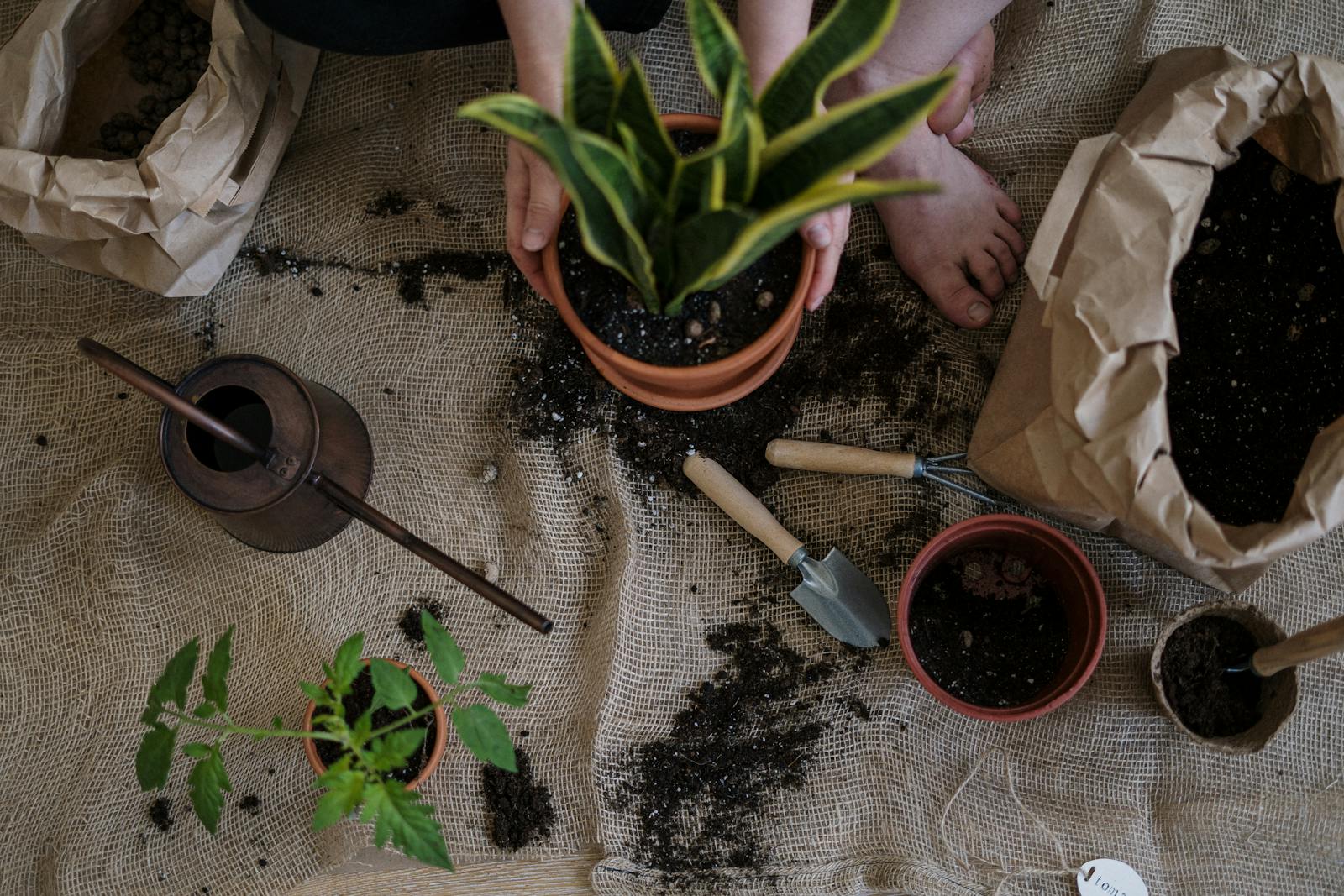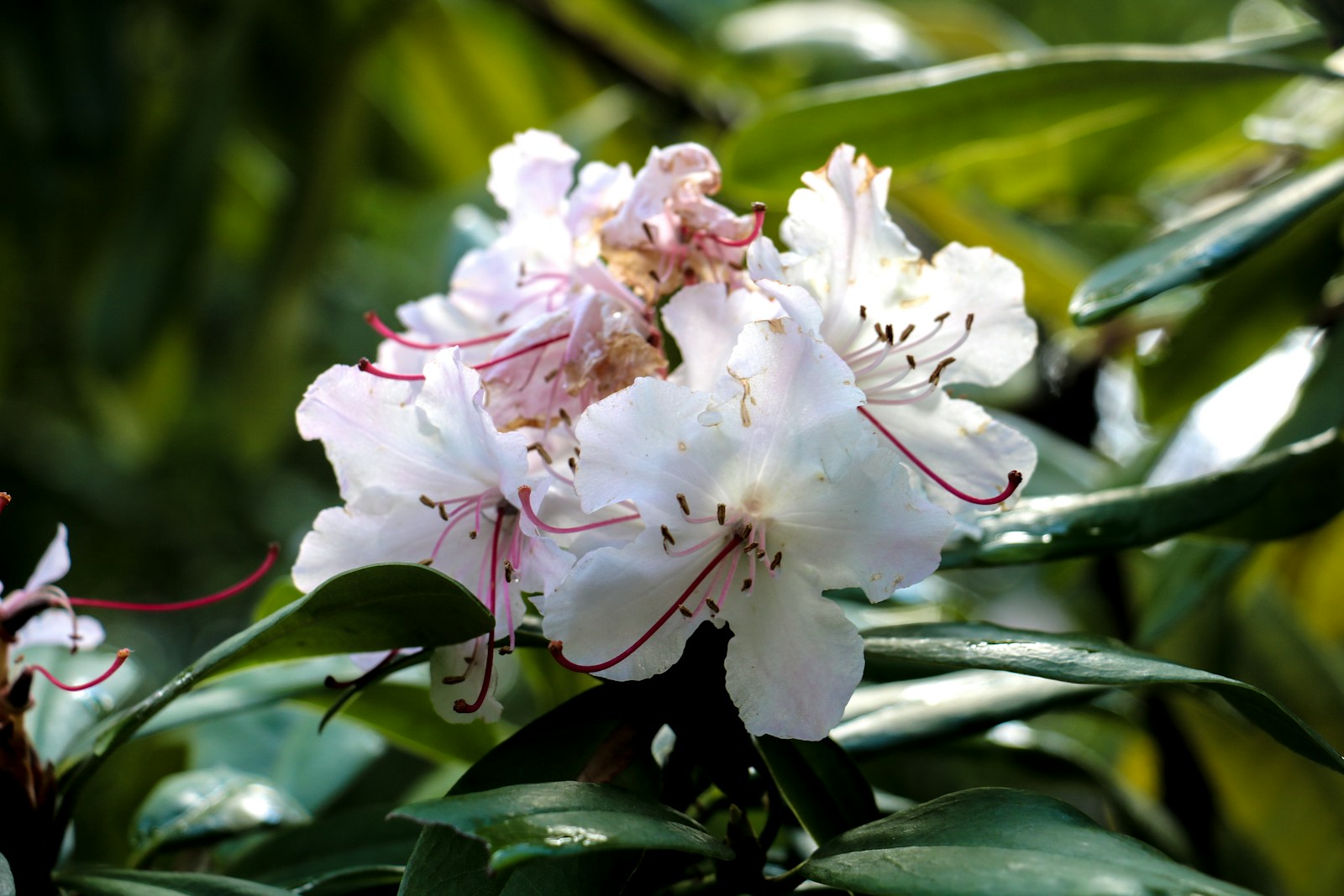Winter Gardening: Indoor Plants and Cold-Weather Crops
Assess Your Winter Gardening Space
Before starting any cold-season project, evaluate the growing conditions you have available. Check for south-facing windows that offer ample sunlight, or consider adding grow lights. For outdoor plots, assess soil drainage and wind exposure. Understanding your space helps determine which plants will thrive and where to position them for best results. For tips on maximizing limited areas, explore our guide on gardening for small spaces.
Choose the Right Indoor Plants
Many houseplants flourish indoors during winter, bringing life and color to your home. Opt for low-light varieties like pothos, snake plant, or peace lily if natural light is limited. For sunnier windows, try herbs such as basil, mint, or parsley. Choose containers with good drainage and rotate plants weekly to ensure even growth. Discover the top indoor plants that flourish during the colder months.
Set Up Effective Grow Lighting
Short days can leave plants light-starved. Supplementing natural light with LED grow lights ensures they get the energy they need. Position lights 6–12 inches above plants and run them 12–16 hours daily. Adjustable lamps work well for varying plant heights. Consistent light helps maintain healthy foliage and encourages flowering or edible growth indoors.
Grow Hardy Cold-Weather Vegetables Outdoors
In regions with milder winters, hardy crops like kale, spinach, and carrots can grow outside with minimal protection. Learn more about seasonal planting strategies for year-round gardening. Use cold frames or low tunnels to buffer against temperature swings. Raised beds are especially helpful for improving drainage. These techniques allow for continuous harvests even when the air is chilly.
Utilize Greenhouses or Enclosures
Greenhouses, mini hoop houses, and cold frames extend your outdoor growing season significantly. Explore various season extension methods to prolong your gardening activities. They trap heat and provide a stable microclimate. Use thermal mass like water jugs or bricks to hold warmth overnight. Even simple plastic coverings can offer frost protection for hardy crops. Ventilate during sunny days to avoid overheating.
Control Indoor Humidity and Temperature
Most indoor plants thrive with moderate humidity and stable temperatures. Central heating systems can dry out the air, so consider using a humidifier or grouping plants together to maintain moisture levels. Keep plants away from drafts, radiators, or heat vents. Consistent conditions help prevent leaf drop, browning tips, and pest issues common in dry air environments. Get comprehensive tips on caring for houseplants during winter.
Maintain Proper Watering Habits
Overwatering is a common winter mistake. Most plants enter a slower growth phase and need less moisture. Always check soil before watering; it should feel dry an inch below the surface. Water in the morning to allow time for absorption. Use room-temperature water to avoid shocking roots in colder indoor climates.
Start Seeds Indoors for Early Spring Crops
Starting seeds indoors during winter gives your garden a head start. Lettuce, onions, broccoli, and herbs are good choices. Use sterile seed-starting mix and trays with drainage. Keep them in a warm spot with consistent moisture and adequate lighting. Once they develop true leaves, begin hardening them off for outdoor transplanting when the weather warms.
Prune and Refresh Indoor Foliage
Pruning encourages bushier growth and removes dead or damaged leaves. Use clean, sharp scissors and make cuts just above leaf nodes. Dust leaves regularly with a soft cloth to keep pores clear. This helps plants photosynthesize efficiently, especially when light levels are already limited during the darker months.
Watch for Indoor Plant Pests
Spider mites, aphids, and fungus gnats can thrive indoors where predators are absent. Check undersides of leaves and soil surface weekly. Use neem oil or insecticidal soap as a safe control method. Isolate affected plants to avoid spread, and avoid overwatering, which can attract gnats and mold issues.
Grow Edible Greens Indoors
Leafy greens like arugula, spinach, and microgreens adapt well to indoor growing. These fast-growing crops require minimal space and can be harvested repeatedly. Use shallow containers with drainage and a high-quality potting mix. Keep them near a sunny window or under grow lights, and water consistently to ensure lush, tender leaves.
Compost Indoors with Ease
Composting doesn’t have to stop when it’s cold outside. Vermicomposting—using worms in a bin—turns food scraps into rich fertilizer with minimal odor. Keep the bin in a cool, dark spot like a basement or under the kitchen sink. Feed it weekly and avoid adding meat or dairy. Finished compost can nourish houseplants or be saved for spring garden use.
Rotate Indoor Plants for Even Growth
Winter sunlight can be directional and uneven. Rotate your pots every week or two to prevent leaning and encourage symmetrical growth. Clean windows regularly to maximize available light. For taller or vining plants, stake them gently to support upright development and avoid breakage from reaching toward the light source.
Make Use of Windowsills and Vertical Space
Take advantage of vertical real estate by adding shelves or hanging planters near windows. Herbs, compact vegetables, and succulents can thrive in these sunny spots. Multi-tiered plant stands help organize smaller pots and make the most of available light. Creative use of space lets you grow more without crowding flat surfaces.
Track Growth and Plan Ahead
Keep a log of your winter gardening successes and challenges. Note germination rates, harvest timelines, and pest issues. This data helps refine your strategies for next season. Sketch out ideas for spring planting or indoor expansion. Regular tracking fosters learning and turns indoor gardening into a year-round joy.
Frequently Asked Questions (FAQs)
What crops grow best outdoors during winter?
Kale, spinach, Brussels sprouts, garlic, and leeks are excellent cold-hardy crops. With minimal protection, these vegetables can survive and even thrive in chilly weather.
Do indoor plants need fertilizer in winter?
Most indoor plants grow slowly in winter and don’t need much fertilizer. If growth continues under grow lights, apply a diluted balanced formula once a month.
How do I prevent mold in indoor seed trays?
Ensure good airflow, avoid overwatering, and use sterile potting mix. Removing humidity domes once seedlings emerge helps prevent damp conditions that promote mold.
Can I grow root vegetables indoors?
Yes, with deep containers and sufficient light. Try radishes, carrots, or beets. Use loose, well-draining soil and harvest early for tender roots.
How much light do indoor plants need in winter?
Most require 12–16 hours of bright light daily. If natural sunlight is insufficient, supplement with full-spectrum LED grow lights positioned close to the foliage.
© 2025 GardeningandDecor.com. All rights reserved.



